
• General

• General
Satelytics provides industry solutions that prevent negative consequences, including product loss, environmental harm, and increased scrutiny from regulatory bodies and the general public. From our origins in water quality monitoring, we have since developed an extensive suite of algorithms addressing vegetation, methane, liquid leaks, encroachments, metals, state of construction, and more. Let’s summarize the industry sectors served by Satelytics and the algorithms often associated with each.
Our first algorithms — phosphorous, chlorophyll-a, and phycocyanin — were developed to identify sources of nutrient loading in watershed areas. We have since added nitrogen, TSS, manganese, bathymetry, surface temperature, subaquatic vegetation, and more. We will soon add total PFAS and several other measurements.
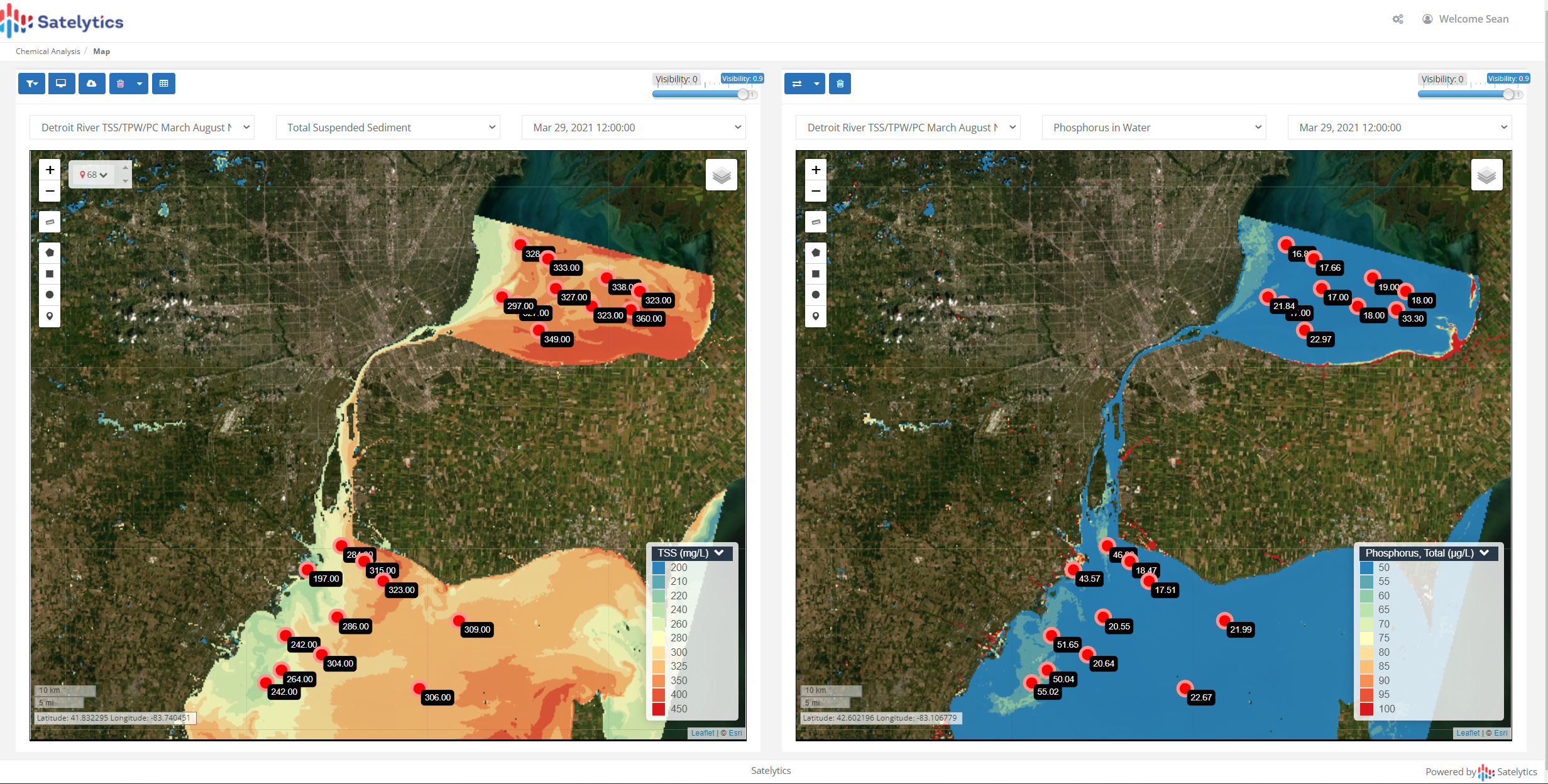
Oil & Gas. Out of our efforts to measure water quality came quantification of heavy metals associated with production fields. We then added detection and quantification of liquid hydrocarbon and produced water leaks. Today, the algorithm most in demand is methane leak quantification. With this algorithm, we can measure down to 250 ppmXm and leak rates as low as 9 kg/hr within 4 m of its source. Our oil & gas customers also utilize change detection, land movement, erosion, and vegetation management.
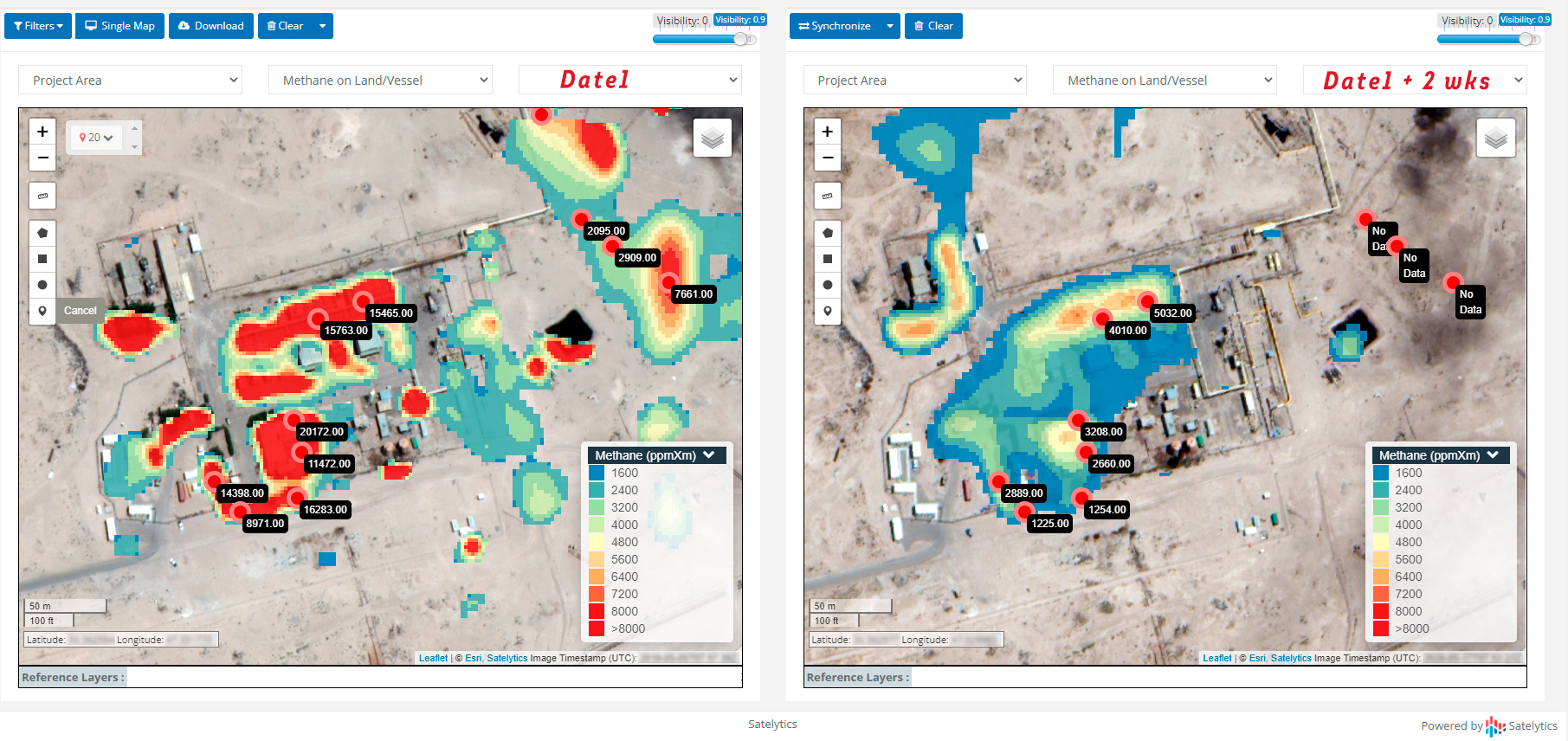
Pipelines. Satellites are uniquely capable of monitoring expansive infrastructures like transmission pipelines and networks of gathering pipelines. The same algorithms applied to the upstream segment serve our midstream customers, providing critical data to prevent costly disasters.
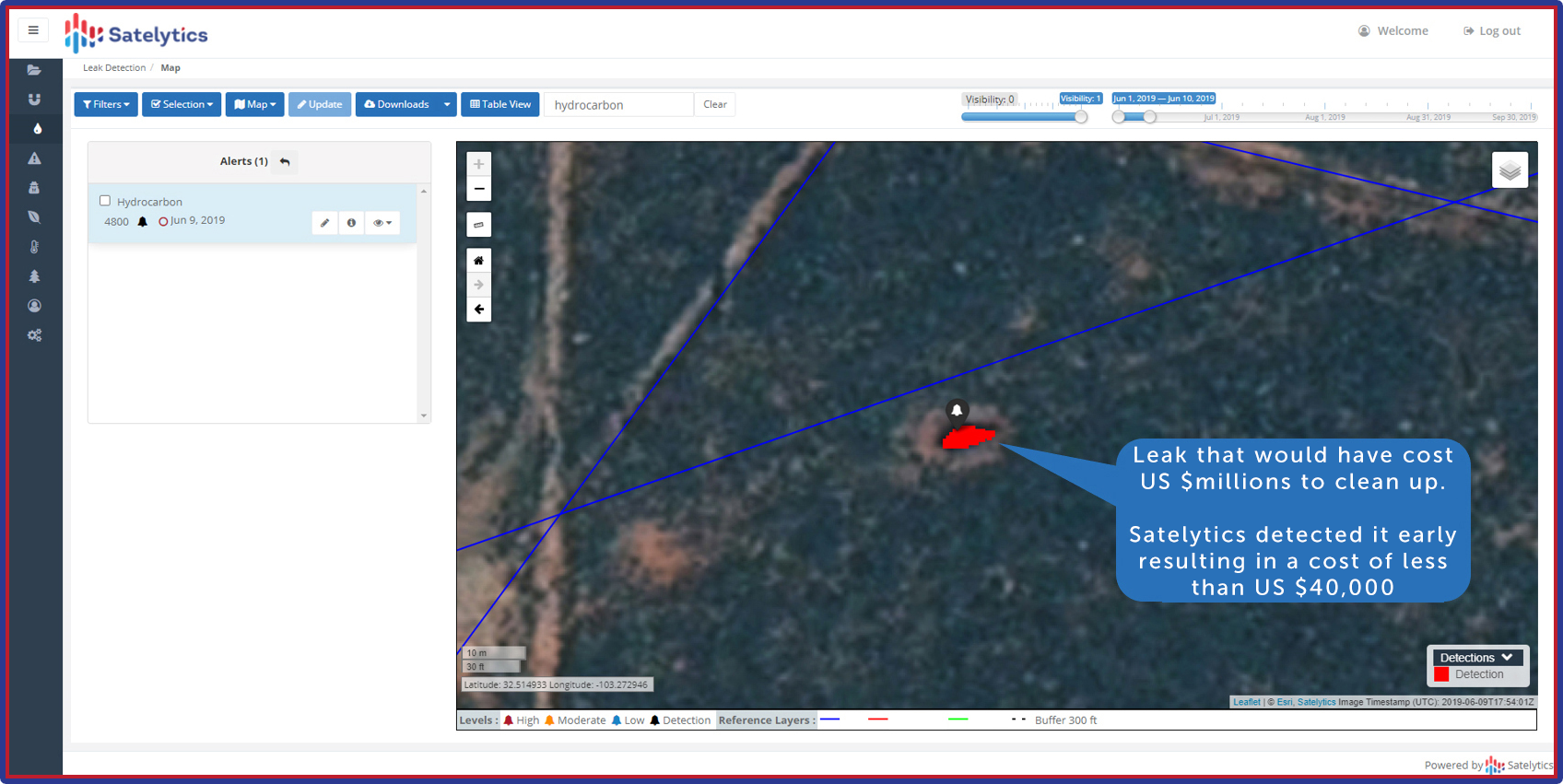
Gas and Electric Utilities. Methane quantification has been a significant driver in the gas portion of Satelytics’ utility business. But, utilities also seek our vegetation algorithms that catch problem spots affecting grid and employee safety. These algorithms focus on vegetation speciation and health, tree height, encroachments, and strike potential. As utilities add renewable generation sources, we have responded with algorithms to monitor solar panel efficiency, directing repairs and cleaning cycles.
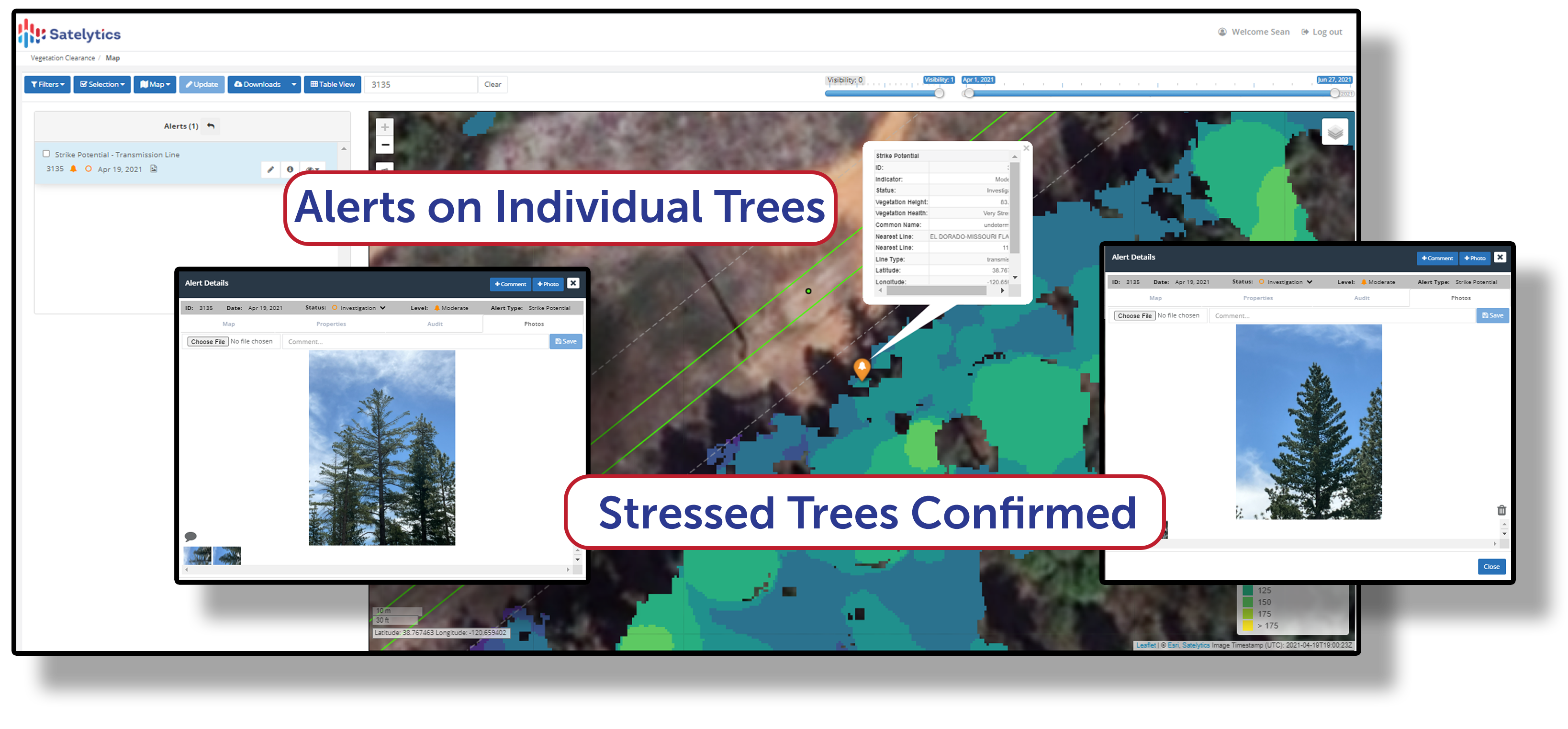
Forestry and Agriculture. Given our vegetation and nutrient loading capabilities, these market segments have been natural segues. Satelytics provides measurement of invasive species, soil moisture, nitrogen, phosphorous, vegetation health and speciation, and tree height.
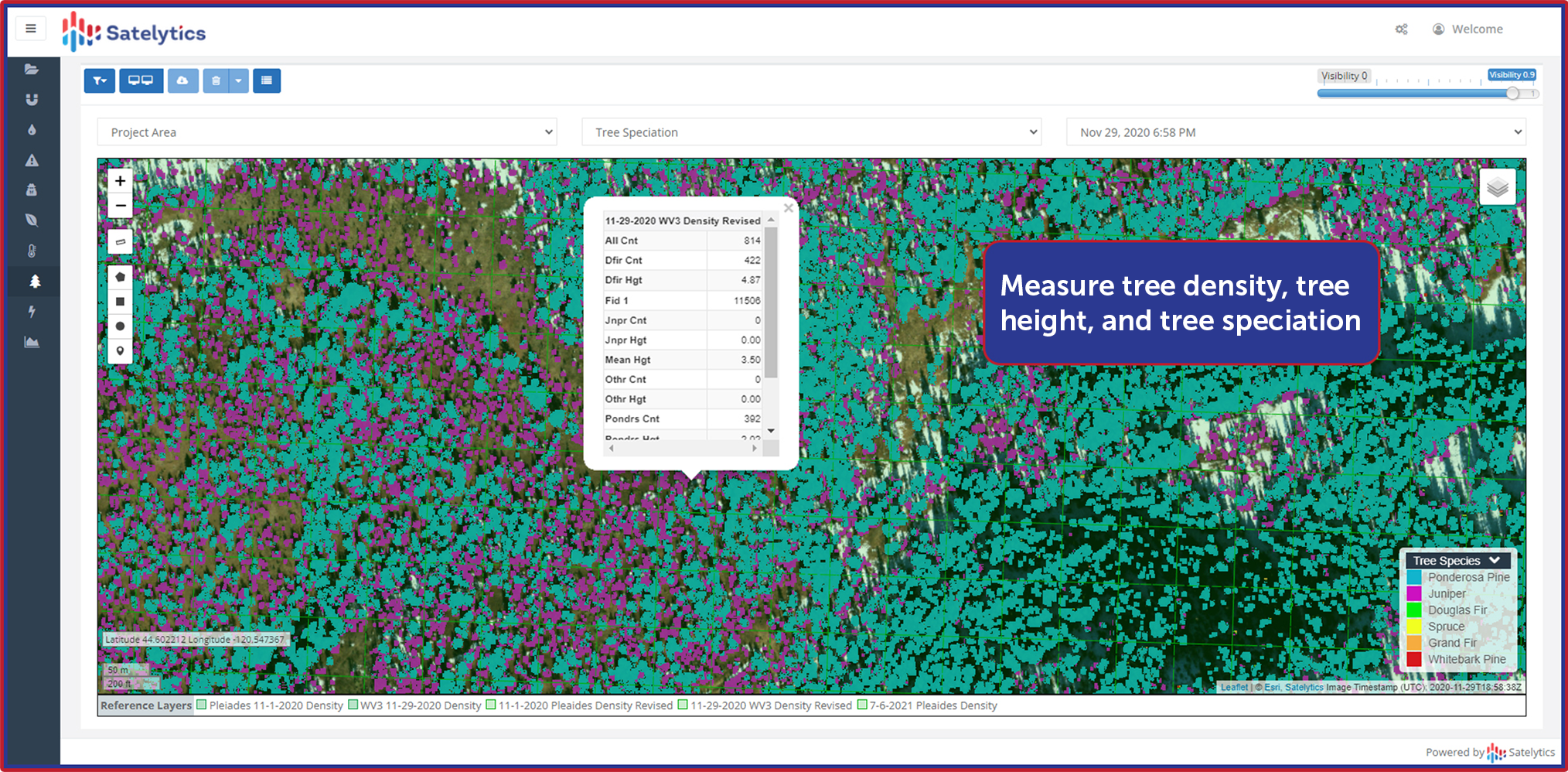
Mining. For the mining sector, we employ our metals algorithms, first developed for oil & gas remediation. Measurement and speciation of metal dust and compounds, acid mine drainage, pH mapping, land movement, erosion, and vegetation management algorithms are used by our mining customers.
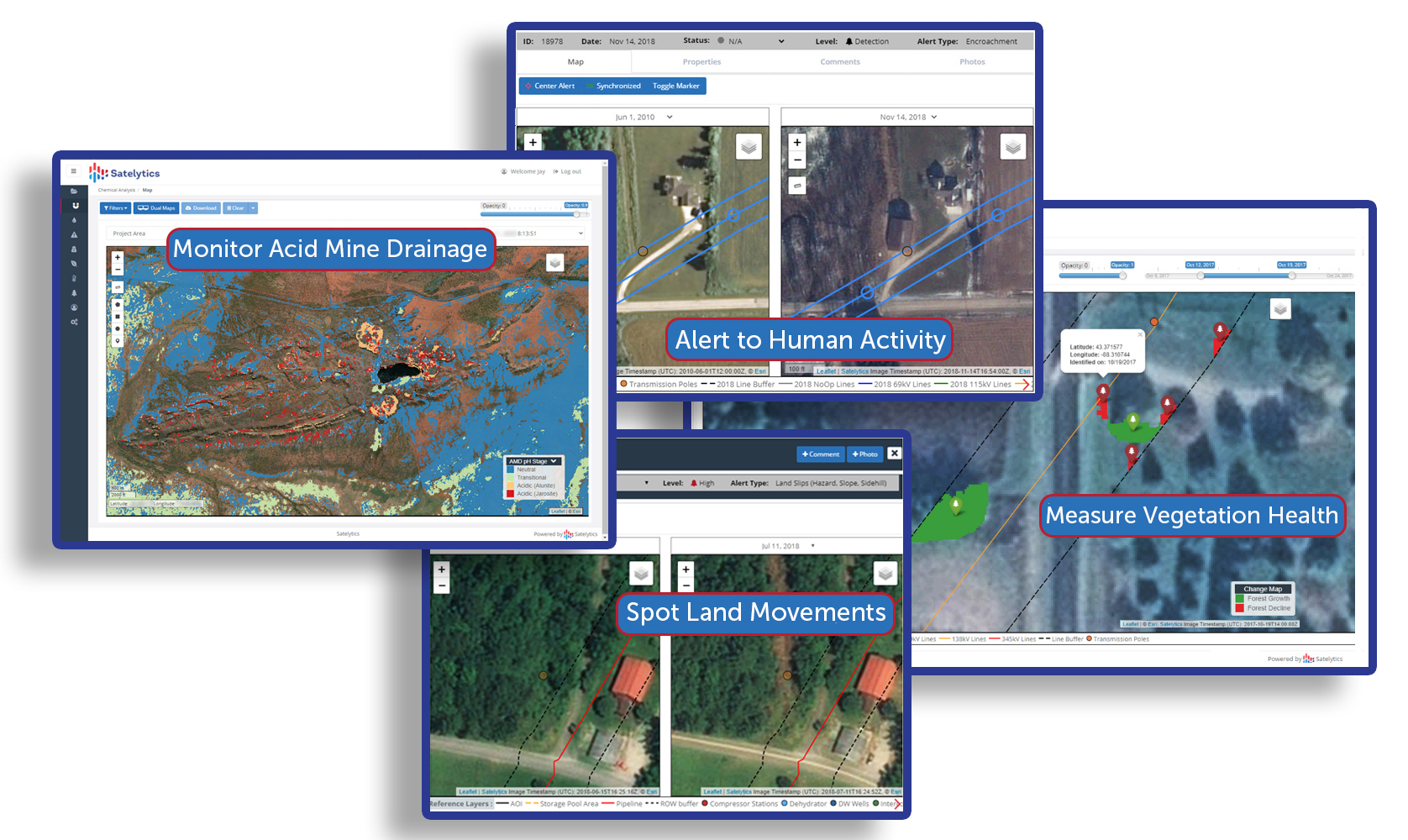
Rail. The rail industry has similar challenges to those facing the midstream industry. Land movements, invasive species, encroachments, hydrocarbons, and surface temperature — all have been requested by our rail customers.
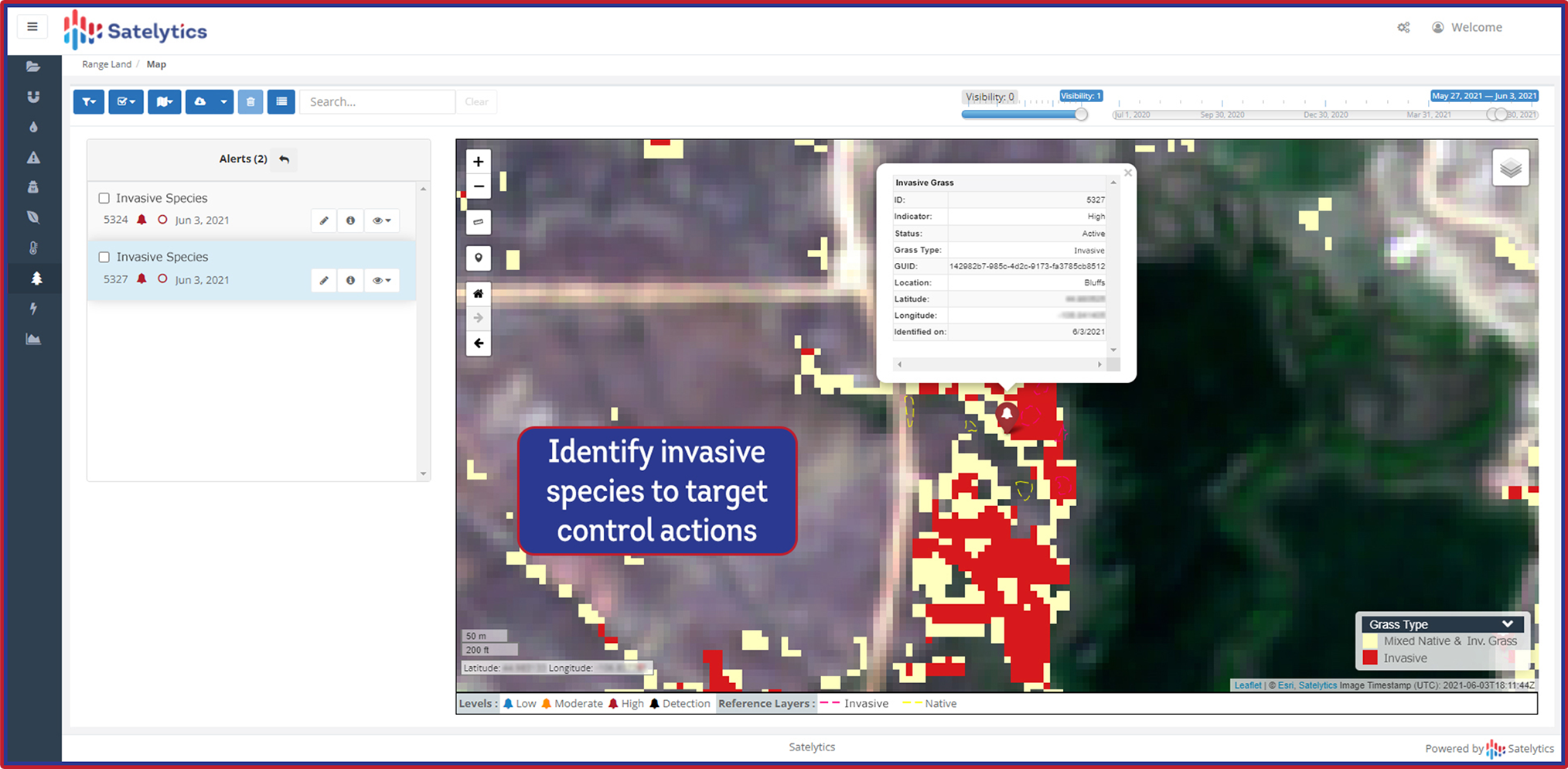
Specialty Chemicals. We see an intersection of needs between oil & gas and water quality in the specialty chemical industry. Encroachments, hydrocarbons, surface temperature, subaquatic vegetation, and measurement of many biological and chemical species on land and water are all value-adding capabilities.
One algorithm begets the next, and the next, and so on. Each of our 40+ algorithms is designed to solve industry challenges across multiple industries — all from a single set of data — providing maximum benefits at a shared cost. We’re not stopping there, of course. Our algorithm suite is constantly growing. What solutions do you need?